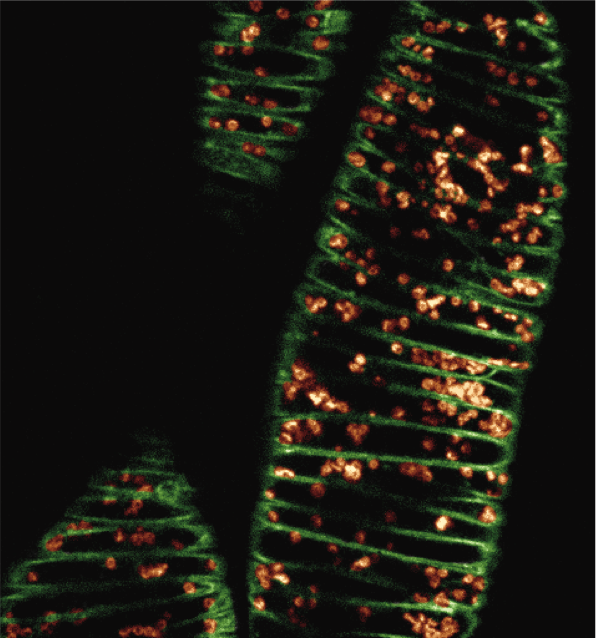The Nara Institute of Science and Technology (NAIST) – University of British Columbia (UBC) International Collaborative Laboratory for Plant Cell Walls aims to elucidate the cellular mechanisms of plant secondary cell wall formation. Combining the expertise from both universities, and developing collaborations with research groups around the world, we aim to develop a model for how plant cells reorganize and control the biosynthetic enzymes that produce secondary plant cell walls.
Established in 2017, the International Collaborative Laboratory for Plant Cell Walls utilizes a variety of microscopy techniques to visualize the formation of cell walls in living plant cells. Such techniques will be used to address fundamental biological questions about the cellular mechanisms during secondary cell wall formation. The collaborative approach to research projects ensures that researchers have access to world-class facilities and expertise from both universities and are provided the support necessary to increase collaborative activities with research groups around the world.
